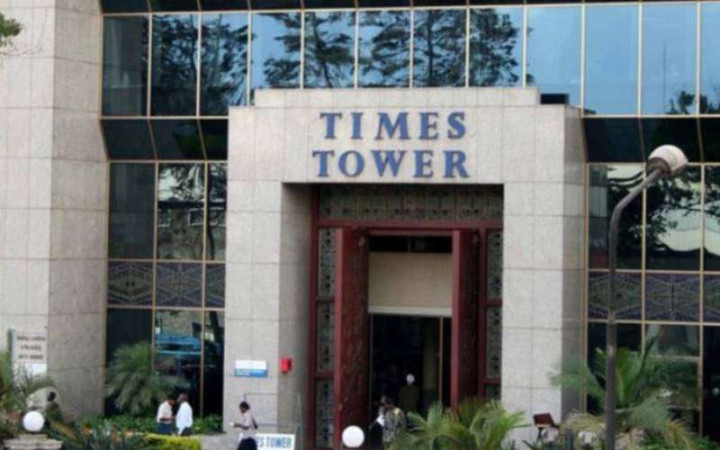Kenya spent 57pc of taxes in Sh600b debt repayment
By Herald Aloo, January 22, 2024Kenya allocated over half of collected tax revenues to service maturing debt in the first half of the current 2023/24 financial year, underscoring the increasing debt burden on taxpayers.
The latest expenditure disclosures from the National Treasury reveal that by the end of December 2023, Kenya’s debt repayment reached Sh600.73 billion, equivalent to 57 per cent of the Sh1.05 trillion tax revenues collected by the Kenya Revenue Authority (KRA).
This means that for every Sh100 collected by the KRA during that period, Sh57 was directed towards settling maturing debts. Consequently, only Sh43, or 43 per cent, remained for crucial areas such as development projects, recurrent expenses (including salaries), and national emergencies.
Public debt servicing dominated the expenditure, claiming 89.9 per cent of the total exchequer issues from the Consolidated Fund. Following this, pension payments amounted to Sh59 billion, while Sh8.3 billion went towards settling salaries and allowances of public servants.
The huge usage of taxes on debt repayment occurred despite Kenya not even midway through the total Sh1.866 trillion debt treasury is expected to settle within the current budget cycle ending in June 2024, including bullet $2 billion (Sh300 billion) Eurobond repayment.
In the disclosures, the exchequer has revised upwards this year’s total public debt obligation to Sh1.866 trillion from the initial estimate of Sh1.75 trillion. This is mainly on account of the depreciation of the shilling, which continues to increase the cost of paying off the foreign-denominated debt, especially from China.
The shilling has devalued significantly to exchange at a current rate of Sh160 per dollar. “Real exchange rate depreciation would help in engendering an external sector adjustment to ease the ongoing balance of payments pressures. Kenya’s public debt/GDP [Gross Domestic Product] ratio has gone up due to exchange rate depreciation,” the International Monetary Fund (IMF) says in the new country report.
China tops Kenya’s debt profile, having financed multibillion infrastructure projects during the previous regime, including the Standard Gauge Railway (SGR) that cost Sh508 billion, whose repayment continues to drain the exchequer.
Treasury has not issued the latest breakdown of the debt servicing, but repayments of Chinese loans through the Exim Bank of China had hit a record high of Sh72.07 billion by the end of September 2023.
Apart from the SGR, under the administration of ex-president Uhuru Kenyatta, Kenya largely attracted Chinese loans to construct power plants, roads, ports, and bridges in a bid to spur economic activities and create jobs.
The country has committed to the IMF that it will start implementing the recently published Medium Term Revenue Strategy (MTRS), which seeks to raise additional revenues through the introduction of new taxes and increase tax rates, signalling more pain to Kenyans.
Mobilisation of revenues is mainly aimed at helping Kenya remain in a financially sound position to ensure easy debt repayment and meet other pressing fiscal obligations.
“The Government has embarked on the implementation of the Medium-Term Revenue Strategy (MTRS) that will further strengthen tax revenue mobilization efforts to over 20.0 per cent of GDP over the Medium Term,” Treasury Cabinet Secretary Njuguna Ndung’u says in the Draft Budget Policy statement.
In the MTRS, a guideline for the budget-making process, the treasury has proposed the introduction of the carbon tax, motor vehicle circulation tax, review of excise duty on betting and gaming, introduction of VAT on education and insurance services, and surcharge tax.
While Kenya has been mostly locked out from the international capital markets over recent years, concessional lenders such as the IMF, the World Bank, and other multilateral lenders like the African Development Bank (AfDB) have been significant financiers to the government..
